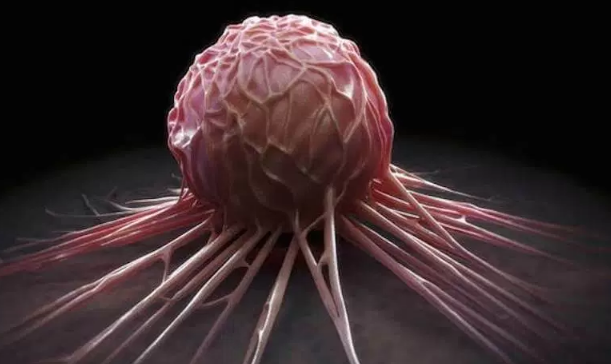A report published Wednesday by the American Cancer Society has uncovered a connection between certain common infections and the development of cancer. These infections, primarily triggered by viruses, pose a significant risk to human health.
Viruses, incredibly small organisms comprising DNA or RNA enveloped in a protein coating, can infiltrate living cells and commandeer their reproductive machinery. By integrating their genetic material into the host cell’s DNA, viruses can disrupt normal cellular function.
When viral DNA or RNA interferes with the host cell’s genes, it can propel the cell toward cancerous transformation. This process can lead to unchecked cell proliferation, tumor formation, and potentially, cancer.
Below are four common viral infections classified as carcinogenic to humans:
- HPVs
- Hepatitis B
- Hepatitis C
- HIV
- Human papillomaviruses (HPVs)
HPVs are the most common sexually transmitted infection (STI) which causes warts in various parts of the body including skin, mouth, throat and vagina.
Among the over 150 viruses that cause HPV, a dozen (12) have been found to increase the risk of oral, cervical, and genital cancers.
HPV is found to be responsible for more than 90% of anal and cervical cancers, about 70% of vaginal and vulvar cancers, and 60% of penile cancers.
Most sexually active people will be infected with HPV at least once in their lives. Using condoms can protect against the infection.
However, vaccination offers the strongest protection against HPV and prevents more than 90% of HPV cancers.
It has been recommended to get vaccinated before being sexually active. Two or three doses of the HPV vaccine from age 9 to 26.
- Hepatitis B and C
These viral infections attack the liver and cause inflammation. They are mostly spread by contact with contaminated blood, semen, and other body fluids as well as breastfeeding.
When Hepatitis B and C become a long-term infection in one’s body, it increases the chance of liver cancer.
These infections eventually lead to cancer when the liver cells are highly inflamed and there is a buildup of scar tissue in the liver called cirrhosis.
Hepatitis C is the infection more likely to cause chronic infection that leads to liver damage or cancer. Hepatitis B can be cured in a few months after being treated.
To reduce the risk of liver cancer, it is recommended to get tested for Hepatitis B and C at least once in a lifetime from age 18.
When tested positive for any of the infections, using several preventive drugs is important as they help prevent the risk but can not cure the infection.
Also, there is an effective vaccine for Hepatitis B but none for Hepatitis C.
The Centers for Disease Control and Protection recommends the HBV vaccine for all children and adults up to age 59, as well as those who are older and at risk of HBV exposure.
- Human immunodeficiency virus (HIV)
HIV is the virus that causes acquired immune deficiency syndrome (AIDS). It can be spread through semen, vaginal fluids, blood, and breast milk from an HIV-infected person.
This virus does not cause cancer directly but because it weakens the immune system and cells that fight against the virus, it increases the risk of getting several types of cancer.
A weak immune system will let other viruses like HPV survive long enough to grow into a life-threatening tumour.
HIV has been linked to several cancers including cervical cancer, lung cancer, liver cancer, skin cancer, and cancer of the mouth and throat.
To prevent HIV and its prolonged effect, the CDC recommends that HIV tests should be part of routine healthcare for people between the ages of 13 to 64.
There is no vaccine for HIV but there are preventive measures. The measures include not having unprotected sex or sharing needles with someone who has HIV.
Copyright 2025 TheCable. All rights reserved. This material, and other digital content on this website, may not be reproduced, published, broadcast, rewritten or redistributed in whole or in part without prior express written permission from TheCable.
Follow us on twitter @Thecablestyle

